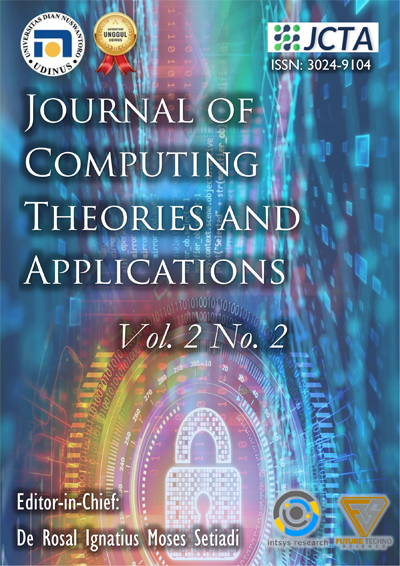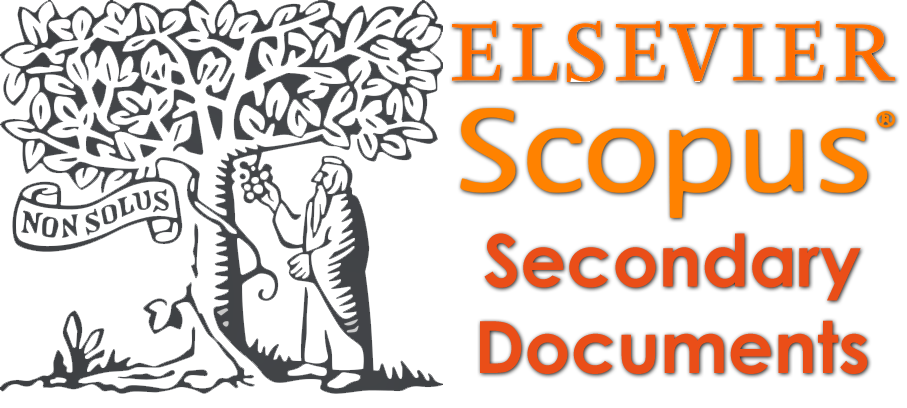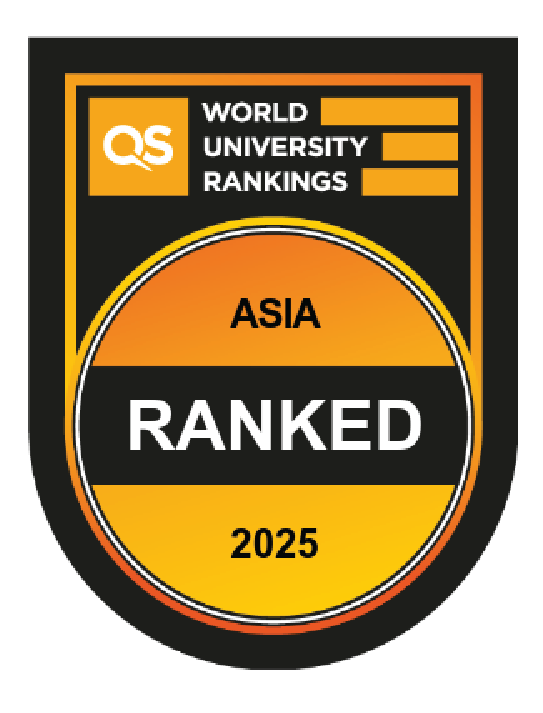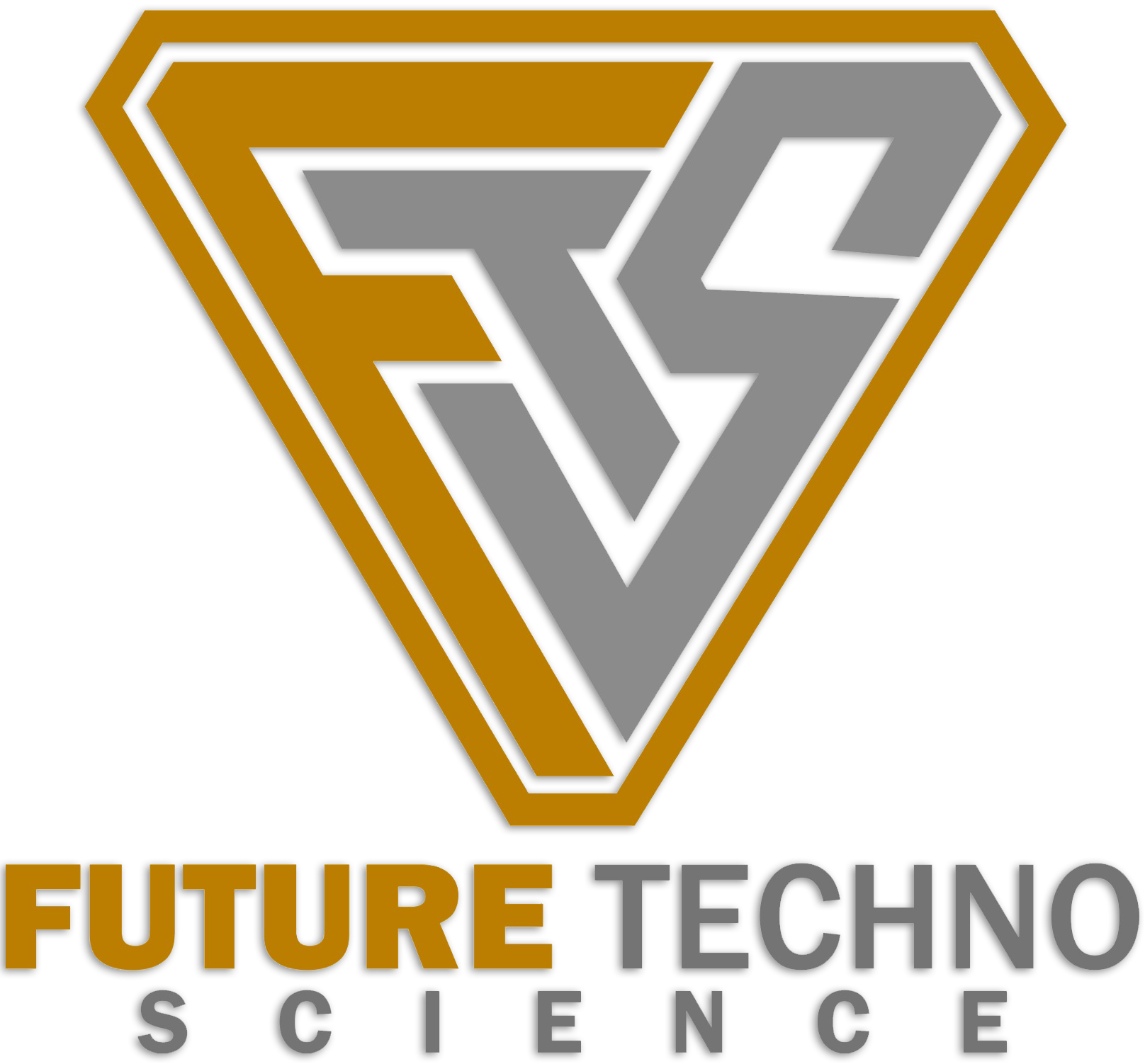A Cubical Persistent Homology-Based Technique for Image Denoising with Topological Feature Preservation
DOI:
https://doi.org/10.62411/jcta.11488Keywords:
Cubical Complex, Image Analysis, Persistent Homology, Sublevel Set Filtration, Topological Data AnalysisAbstract
Image denoising is a fundamental challenge in image processing, where the objective is to remove noise while preserving critical image features. Traditional denoising methods, such as Wavelet, Total Variation (TV) minimization, and Non-Local Means (NLM), often struggle to maintain the topological integrity of image features, leading to the loss of essential structures. This study proposes a Cubical Persistent Homology-Based Technique (CPHBT) that leverages persistence barcodes to identify significant topological features and reduce noise. The method selects filtration levels that preserve important features like loops and connected components. Applied to digit images, our method demonstrates superior performance, achieving a Peak Signal-to-Noise Ratio (PSNR) of 46.88 and a Structural Similarity Index Measure (SSIM) of 0.99, outperforming TV (PSNR: 21.52, SSIM: 0.9812) and NLM (PSNR: 22.09, SSIM: 0.9822). These results confirm that cubical persistent homology offers an effective solution for image denoising by balancing noise reduction and preserving critical topological features, thus enhancing overall image quality.References
S. Mallat, A Wavelet Tour of Signal Processing. Elsevier, 2009. doi: 10.1016/B978-0-12-374370-1.X0001-8.
L. I. Rudin, S. Osher, and E. Fatemi, “Nonlinear total variation based noise removal algorithms,” Phys. D Nonlinear Phenom., vol. 60, no. 1–4, pp. 259–268, Nov. 1992, doi: 10.1016/0167-2789(92)90242-F.
A. Buades, B. Coll, and J.-M. Morel, “A Non-Local Algorithm for Image Denoising,” in 2005 IEEE Computer Society Conference on Computer Vision and Pattern Recognition (CVPR’05), 2005, vol. 2, pp. 60–65. doi: 10.1109/CVPR.2005.38.
D. L. Donoho and I. M. Johnstone, “Ideal spatial adaptation by wavelet shrinkage,” Biometrika, vol. 81, no. 3, pp. 425–455, Sep. 1994, doi: 10.1093/biomet/81.3.425.
M. Nikolova, “An Algorithm for Total Variation Minimization and Applications,” J. Math. Imaging Vis., vol. 20, no. 1/2, pp. 89–97, Jan. 2004, doi: 10.1023/B:JMIV.0000011321.19549.88.
A. Buades, B. Coll, and J.-M. Morel, “Non-Local Means Denoising,” Image Process. Line, vol. 1, pp. 208–212, Sep. 2011, doi: 10.5201/ipol.2011.bcm_nlm.
P. K. Rajan, “Two-dimensional digital signal processing II: Transforms and median filters,” Proc. IEEE, vol. 70, no. 7, pp. 780–781, Jul. 1982, doi: 10.1109/PROC.1982.12396.
J. Mairal, M. Elad, and G. Sapiro, “Sparse Representation for Color Image Restoration,” IEEE Trans. Image Process., vol. 17, no. 1, pp. 53–69, Jan. 2008, doi: 10.1109/TIP.2007.911828.
N. Kamalakshi and H. Naganna, “Persistent Homology Residual Learning of Deep Convolution Neural Network for Block Match Three Dimension De-Noising Algorithm,” J. Comput. Theor. Nanosci., vol. 17, no. 9, pp. 4340–4343, Jul. 2020, doi: 10.1166/jctn.2020.9073.
A. Malyugina, N. Anantrasirichai, and D. Bull, “A topological loss function for image Denoising on a new BVI-lowlight dataset,” Signal Processing, vol. 211, p. 109081, Oct. 2023, doi: 10.1016/j.sigpro.2023.109081.
S. Choe and S. Ramanna, “Cubical Homology-Based Machine Learning: An Application in Image Classification,” Axioms, vol. 11, no. 3, p. 112, Mar. 2022, doi: 10.3390/axioms11030112.
J. Kloke and G. Carlsson, “Topological de-noising: Strengthening the topological signal,” arXiv preprint. 2009.
Y.-M. Chung, S. Day, and C.-S. Hu, “A multi-parameter persistence framework for mathematical morphology,” Sci. Rep., vol. 12, no. 1, p. 6427, Apr. 2022, doi: 10.1038/s41598-022-09464-7.
H. Edelsbrunner and J. L. Harer, Computational topology: an introduction. American Mathematical Society, 2022.
N. Otter, M. A. Porter, U. Tillmann, P. Grindrod, and H. A. Harrington, “A roadmap for the computation of persistent homology,” EPJ Data Sci., vol. 6, no. 1, p. 17, Dec. 2017, doi: 10.1140/epjds/s13688-017-0109-5.
A. Zomorodian and G. Carlsson, “Computing Persistent Homology,” Discrete Comput. Geom., vol. 33, no. 2, pp. 249–274, Feb. 2005, doi: 10.1007/s00454-004-1146-y.
Edelsbrunner, Letscher, and Zomorodian, “Topological Persistence and Simplification,” Discrete Comput. Geom., vol. 28, no. 4, pp. 511–533, Nov. 2002, doi: 10.1007/s00454-002-2885-2.
T. Kaczynski, K. M. Mischaikow, and M. Mrozek, Computational homology, vol. 157. New York: Springer, 2004.
H. Wagner, C. Chen, and E. Vuçini, “Efficient Computation of Persistent Homology for Cubical Data,” in Mathematics and Visualization, vol. 0, 2012, pp. 91–106. doi: 10.1007/978-3-642-23175-9_7.
S. Kaji, T. Sudo, and K. Ahara, “Cubical Ripser: Software for computing persistent homology of image and volume data,” arXiv preprint. May 23, 2020. doi: 10.48550/arXiv.2005.12692.
A. François and R. Tinarrage, “Train-Free Segmentation in MRI with Cubical Persistent Homology,” arXiv preprint. Jan. 02, 2024. doi: 10.48550/arXiv.2401.01160.
G. Carlsson, “Topology and data,” Bull. Am. Math. Soc., vol. 46, no. 2, pp. 255–308, Jan. 2009, doi: 10.1090/S0273-0979-09-01249-X.
P. Frosini and C. Landi, “Persistent Betti numbers for a noise tolerant shape-based approach to image retrieval,” Pattern Recognit. Lett., vol. 34, no. 8, pp. 863–872, Jun. 2013, doi: 10.1016/j.patrec.2012.10.015.
P. Bendich, J. S. Marron, E. Miller, A. Pieloch, and S. Skwerer, “Persistent homology analysis of brain artery trees,” Ann. Appl. Stat., vol. 10, no. 1, Mar. 2016, doi: 10.1214/15-AOAS886.
H. Adams, A. Tausz, and M. Vejdemo-Johansson, “javaPlex: A Research Software Package for Persistent (Co)Homology,” in Lecture Notes in Computer Science (including subseries Lecture Notes in Artificial Intelligence and Lecture Notes in Bioinformatics), vol. 8592 LNCS, 2014, pp. 129–136. doi: 10.1007/978-3-662-44199-2_23.
F. A. Khasawneh and E. Munch, “Chatter detection in turning using persistent homology,” Mech. Syst. Signal Process., vol. 70–71, pp. 527–541, Mar. 2016, doi: 10.1016/j.ymssp.2015.09.046.
F. Chazal, V. de Silva, M. Glisse, and S. Oudot, The Structure and Stability of Persistence Modules. Cham: Springer International Publishing, 2016. doi: 10.1007/978-3-319-42545-0.
M. Benedetti, J. Realpe-Gómez, R. Biswas, and A. Perdomo-Ortiz, “Quantum-Assisted Learning of Hardware-Embedded Probabilistic Graphical Models,” Phys. Rev. X, vol. 7, no. 4, p. 041052, Nov. 2017, doi: 10.1103/PhysRevX.7.041052.
B. Bleile, A. Garin, T. Heiss, K. Maggs, and V. Robins, “The Persistent Homology of Dual Digital Image Constructions,” in Association for Women in Mathematics Series, vol. 30, 2022, pp. 1–26. doi: 10.1007/978-3-030-95519-9_1.
V. Robins, P. J. Wood, and A. P. Sheppard, “Theory and Algorithms for Constructing Discrete Morse Complexes from Grayscale Digital Images,” IEEE Trans. Pattern Anal. Mach. Intell., vol. 33, no. 8, pp. 1646–1658, Aug. 2011, doi: 10.1109/TPAMI.2011.95.
S. Tymochko, E. Munch, J. Dunion, K. Corbosiero, and R. Torn, “Using persistent homology to quantify a diurnal cycle in hurricanes,” Pattern Recognit. Lett., vol. 133, pp. 137–143, May 2020, doi: 10.1016/j.patrec.2020.02.022.
O. Dunaeva et al., “The classification of endoscopy images with persistent homology,” Pattern Recognit. Lett., vol. 83, pp. 13–22, Nov. 2016, doi: 10.1016/j.patrec.2015.12.012.
V. . Kovalevsky, “Finite topology as applied to image analysis,” Comput. Vision, Graph. Image Process., vol. 46, no. 2, pp. 141–161, May 1989, doi: 10.1016/0734-189X(89)90165-5.
E. Alpaydin and C. Kaynak, “Optical Recognition of Handwirtten Digits.” UCI Machine Learning Repository, 1998. doi: 10.24432/C50P49.
Downloads
Published
How to Cite
Issue
Section
License
Copyright (c) 2024 Md. Al-Imran, Mst Zinia Afroz Liza, Md. Morshed Bin Shiraj, Md. Masum Murshed, Nasima Akhter

This work is licensed under a Creative Commons Attribution 4.0 International License.













